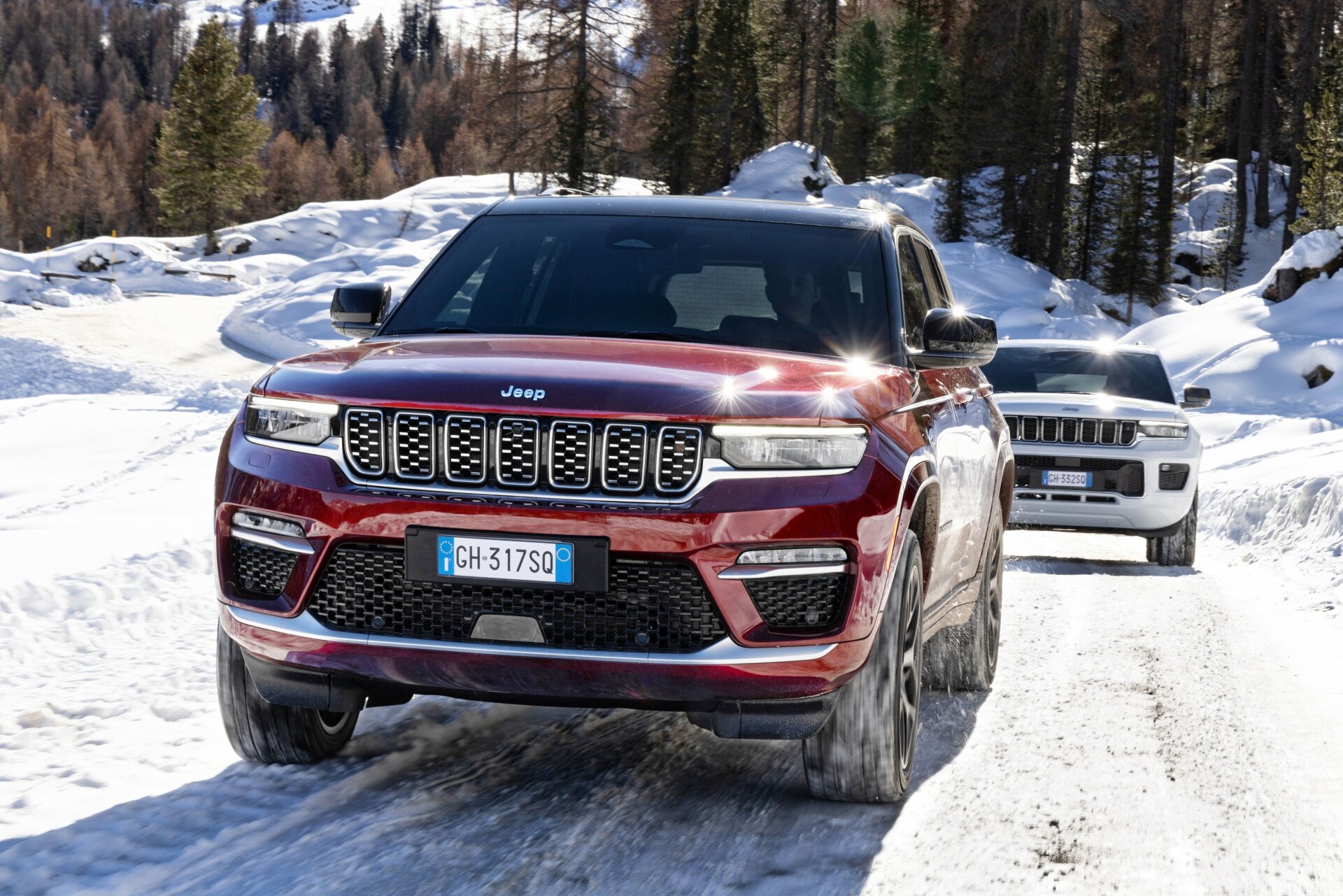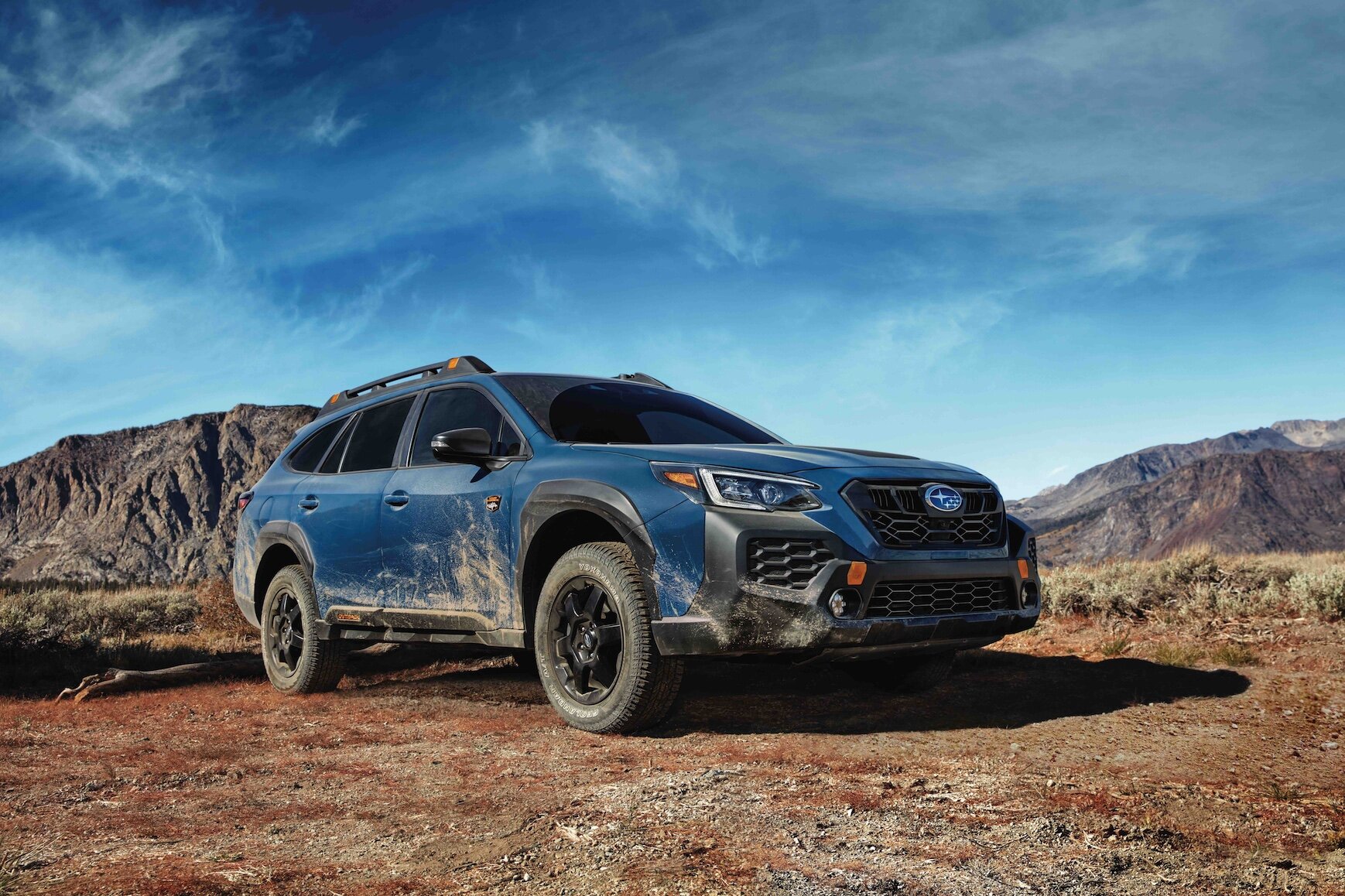Grand Cherokee in 2025: Familiar Shape, Subtle Evolution
Walk up to the 2025 Jeep Grand Cherokee and you’ll notice the silhouette hasn’t changed much. Jeep’s designers know their core audience—families, adventurers, and brand loyalists who expect the boxy confidence of a Grand Cherokee. The seven-slot grille still stands proud, headlights slimmed down just a touch, and wheel choices range from sensible 18-inch alloys to flashy 21s. The lines are clean, with just enough creasing to hint at the Grand Cherokee’s off-road DNA. In New York traffic or out on rural two-lanes, it’s the kind of SUV that blends in but never quite disappears.
Under the Hood: Powertrain Choices and What They Mean
For 2025, Jeep continues with its familiar powertrain lineup. The 3.6-liter Pentastar V6 remains standard, delivering around 293 horsepower and 260 lb-ft of torque—numbers that haven’t moved much in years. There’s also the 2.0-liter turbocharged four-cylinder plug-in hybrid (badged as 4xe), which pairs electric torque with a total system output near 375 horsepower and a healthy 470 lb-ft of torque. Gone is the V8 option, at least for now—a nod to tightening emissions regulations and shifting consumer demand toward efficiency.
The V6 is smooth, with a faint hum under acceleration and enough grunt for most daily tasks. It’s not quick by modern standards—0-60 mph happens in about seven seconds—but it’s predictable and refined. The 4xe hybrid impresses off the line; instant torque from its electric motors makes merging onto the FDR feel almost effortless. You can drive up to 25 miles on electricity alone if you’re gentle, which is handy for city commuters or those hoping to dodge gas stations more often.
Behind the Wheel: Comfort or Capability? Why Not Both?
The Grand Cherokee has always tried to split the difference between luxury cruiser and trail-ready rig. In this latest model year, that balance holds steady. Ride comfort is excellent—there’s a satisfying weight to the steering wheel, and even on rough pavement outside Brooklyn, shocks soak up potholes without fuss. Wind noise is muted at highway speeds; I found myself surprised at how much quieter it is than a Ford Explorer or even Toyota Highlander.
If you opt for Quadra-Trac II or Quadra-Drive II four-wheel drive (optional on most trims), you get legitimate off-road hardware: two-speed transfer case, hill descent control, and available air suspension that lifts ground clearance above 10 inches. Most owners will never need that much trail cred, but knowing it’s there is part of the Grand Cherokee’s enduring appeal. On gravel backroads upstate, traction was never in question—even after a sudden rain shower muddied things up.
Inside the Cabin: Where Buttons Meet Big Screens
Step inside and you’re greeted by a cabin that feels more upscale than utilitarian—a welcome trend among midsize SUVs lately. Materials are soft-touch where it matters: dash top, door panels, armrests. Hard plastics hide down low where scuffs are likely. The seats (especially in Overland and Summit trims) are wide, supportive, and finished in leather with tasteful stitching.
The dashboard layout centers around a crisp 10.1-inch touchscreen running Uconnect 5—responsive, logically arranged menus, wireless Apple CarPlay/Android Auto standard across trims. Higher trims add a passenger-side display; it’s more novelty than necessity but will entertain kids on longer trips or let your co-pilot queue up navigation routes without taking over the main screen.
Physical climate controls remain—a detail I appreciate every time I drive something like a Tesla Model Y where everything hides behind glass menus. The tactile click of real knobs is reassuring when you need quick adjustments on cold mornings.
Cargo Space & Family Matters
This year continues with both two-row and three-row (Grand Cherokee L) configurations. In two-row guise, cargo space sits at about 37 cubic feet behind the rear seats—more than enough for strollers or weekend camping gear but trailing some rivals like Honda Pilot or Hyundai Palisade in outright volume. Fold those seats flat, and capacity jumps past 70 cubic feet.
Rear legroom is generous; adults won’t complain even on longer drives out to Montauk or upstate ski trips. Small storage nooks abound—phone trays, deep door pockets—and cupholders are actually sized for American coffee cups (looking at you, European brands).
The Technology Mix: Safety First—With Some Quirks
Jeep packs in standard driver assistance features: adaptive cruise control, blind spot monitoring, lane keeping assist—all work as expected after some initial calibration fidgets (lane keep can be too assertive on narrow city streets). Optional Highway Assist allows for limited hands-free driving on mapped highways—a feature catching on industry-wide since GM’s Super Cruise hit the scene.
Infotainment updates arrive over-the-air now; I saw one roll through during my week with the car—no dealer visit needed for new features or bug fixes. Wireless charging pads are standard above mid-level trims but can be finicky depending on phone size and case thickness—a minor annoyance in an otherwise tech-savvy setup.
Fuel Economy & Real-World Range
The V6 returns EPA estimates around 19 mpg city/26 mpg highway (4WD slightly less), consistent with class norms but not standout numbers when compared to Toyota Highlander Hybrid or Kia Sorento Hybrid—which flirt with 35 mpg combined thanks to more aggressive electrification strategies.
The plug-in hybrid 4xe claims about 23–25 miles of electric range before flipping to hybrid mode; in my test loop around Queens and Brooklyn I averaged just over 21 miles before the gas engine kicked in—respectable given stop-and-go traffic but still short of what some might hope for given rising EV expectations.
Pricing & Value: Where Does It Stand?
Pricing for the 2025 Grand Cherokee starts just above $41,000 for base Laredo models (plus destination), stretching north of $70K for loaded Summit Reserve trims with all options checked. That puts it squarely against Ford Explorer, Toyota Highlander, Hyundai Palisade—and higher-end variants tread into BMW X5 territory pricewise without quite matching those badges’ cachet or driving polish.
Still, residual values remain strong; Jeep consistently ranks near the top among American brands for resale according to recent ALG data. Incentives vary by region but are generally moderate compared to more volume-oriented competitors like Chevrolet Traverse or Nissan Pathfinder.
The Competition: How Does Jeep Stack Up?
Compared directly to rivals like Ford Explorer and Toyota Highlander, the Grand Cherokee splits the difference between off-road capability (better than most) and everyday comfort (not quite as plush as Hyundai Palisade inside but close). The lack of a true high-efficiency hybrid model is noticeable as fuel prices inch upward—Toyota’s hybrid system remains unmatched for pure MPG without plugging in.
Against upstarts like Kia Telluride or Hyundai Palisade, Jeep wins back points for brand heritage and genuine four-wheel-drive options but cedes ground on interior space and third-row usability (in Grand Cherokee L). German SUVs offer sharper dynamics but rarely match Jeep’s balance of price versus feature content.
Final Thoughts from Behind the Wheel
After several days with the latest Grand Cherokee—commuting through Manhattan gridlock one morning then escaping north along winding Taconic State Parkway—I’m reminded why this SUV stays popular year after year. It feels substantial yet manageable; tech-forward without feeling disposable; luxurious enough for family road trips yet rugged enough if adventure calls unexpectedly.
I do miss the old V8 rumble occasionally—the move toward electrification makes sense but comes at an emotional cost for longtime fans. Still, Jeep nails what matters most: comfort for five (or seven), capability when needed, style that doesn’t age out fast.
If you want an SUV that can handle snow days as well as school drop-off lines—and you value American brand history—it’s hard not to give the Grand Cherokee another look in 2025.


